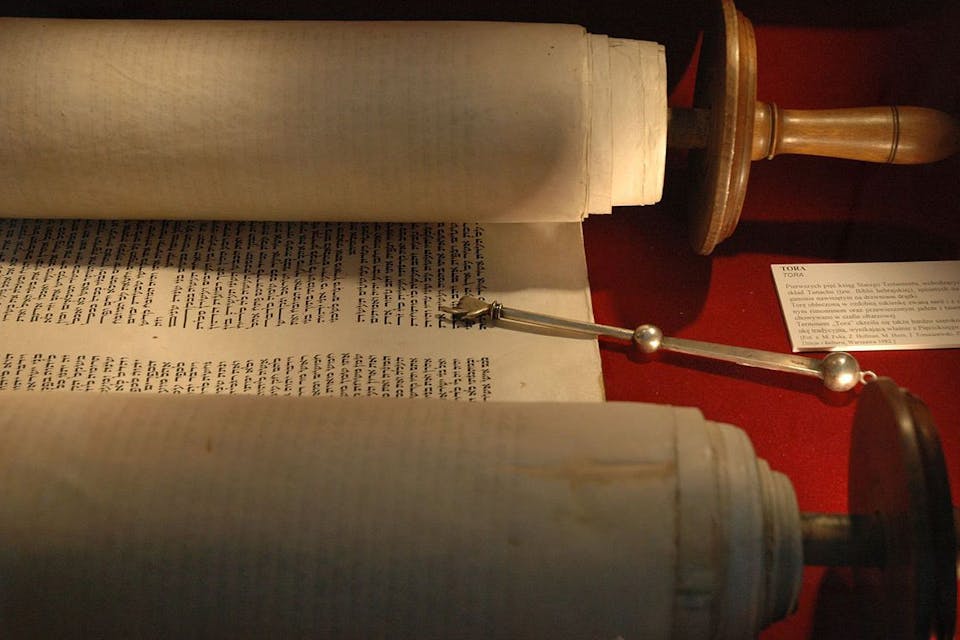
October 28, 2015
Who’s Right, Me or My Cantor?
My cantor told me the plural for yad, the Hebrew word for Torah pointer, is yadot. I think it's yadayim. Who's right?
Ruth Fath writes from Princeton, New Jersey:
Recently, after my husband’s death, I donated to our local Jewish Center a very old Torah scroll that we had bought many years ago. With it, I also gave the Center two yadayim, as I thought they were called. When I mentioned them to our cantor and Torah reader, however, she corrected me and said they should be called yadot. Others have told me I was right and she was wrong. What is the correct plural form of yad when referring to the pointer used in reading the Torah?
A Torah pointer, held by the reader to keep track of his or her place in the parchment scroll of the Pentateuch, is called a yad, Hebrew for “hand,” because it traditionally takes the form of an arm with a hand, its fingers curled in a fist except for a pointing forefinger. And the regular Hebrew plural for yad is indeed yadayim, –ayim being a special dual ending for items that come in pairs. (The standard plural ending in Hebrew is either –im or –ot.) In pre-biblical times, presumably, such an ending was used, as it still is in the dual ending of –eyn in Hebrew’s fellow Semitic language of Arabic, for two of anything, whether houses, goats, or watermelons. But this feature had already vanished from the Hebrew of the Bible, in which the dual plural is restricted to a fixed and not very large number of words and cannot be freely applied.